Discovering forgotten architectural marvels offers a glimpse into the ingenuity and creativity of ancient civilizations. These hidden gems, scattered across the globe, showcase breathtaking design and historical significance. They stand as silent witnesses to the grandeur of the past and deserve renewed recognition and appreciation.
The Citadel of Aleppo, Syria
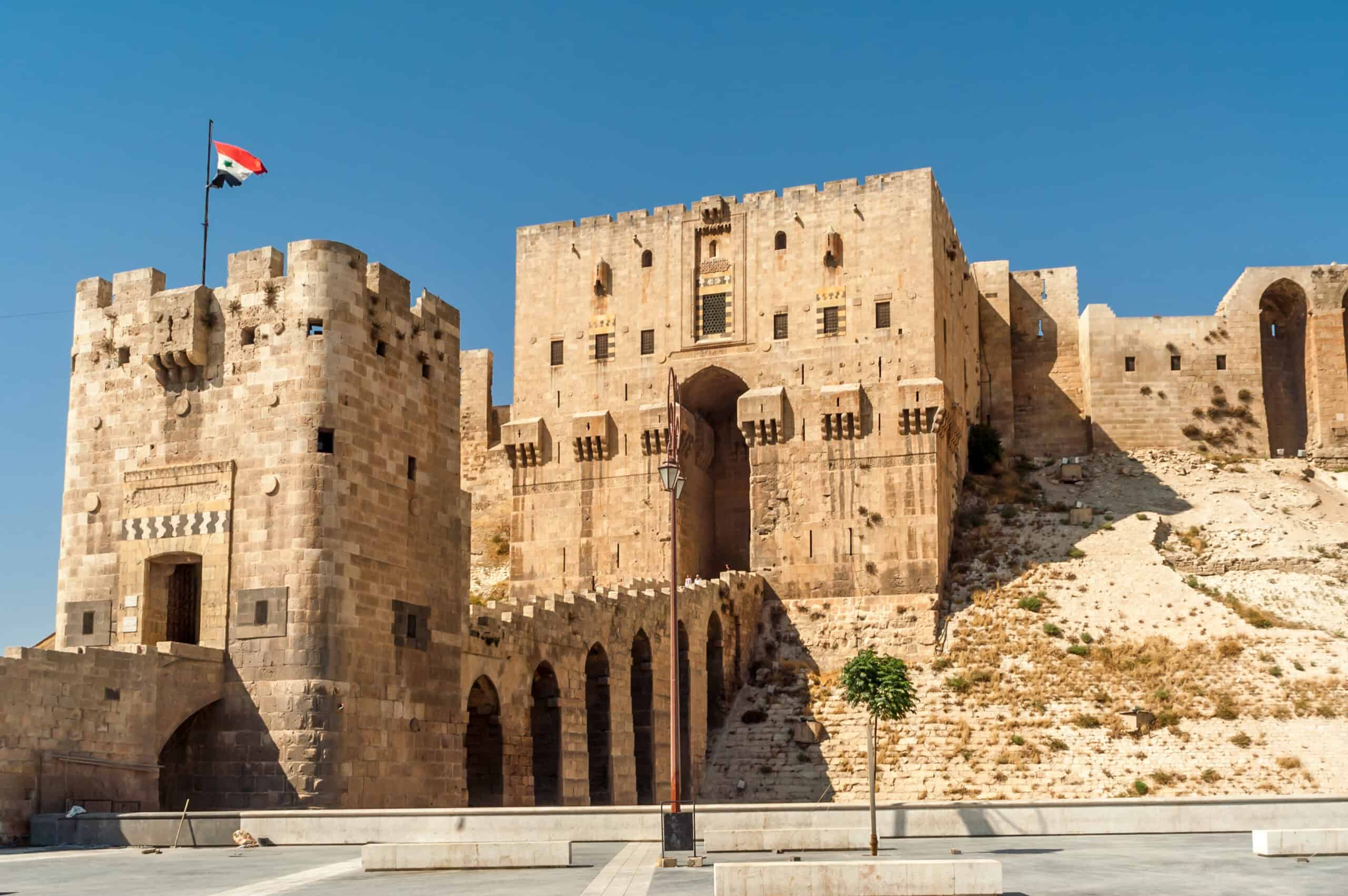
The Citadel of Aleppo is one of the oldest and largest castles in the world. It sits majestically on a hilltop in the center of Aleppo, a city with over 4,000 years of history. Built during the 12th century by the Ayyubid dynasty, the citadel has witnessed numerous historical events, including sieges and battles. This architectural wonder features massive stone walls, an impressive gateway, and a collection of structures within its confines, including a mosque, a palace, and several baths. Its design reflects a blend of military engineering and artistic elements. Despite the recent damage due to conflict, the citadel remains a symbol of Aleppo’s resilience and rich cultural heritage.
Chand Baori, India
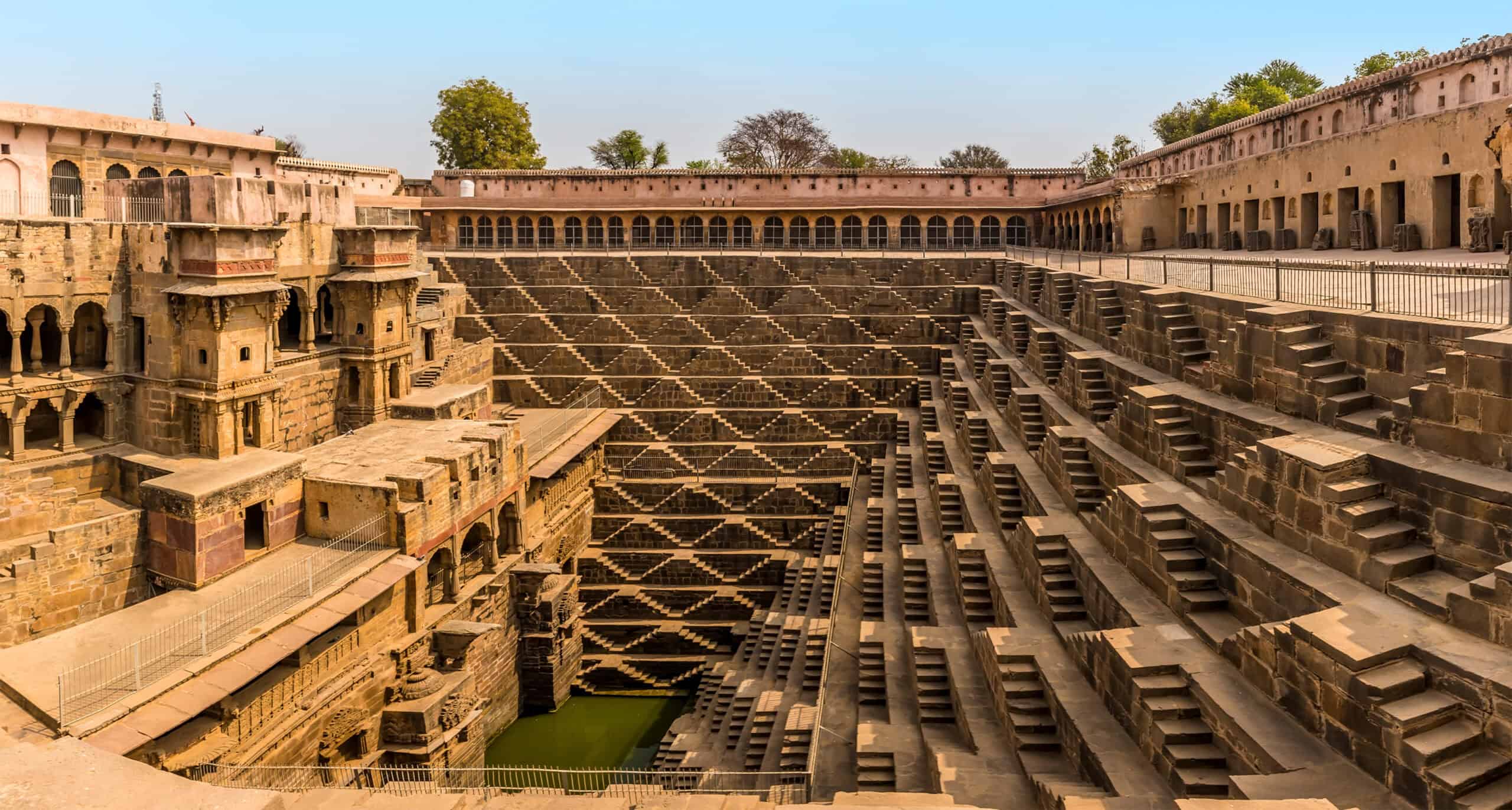
Chand Baori, located in the village of Abhaneri in Rajasthan, is one of the deepest and largest stepwells in India. Built during the 8th and 9th centuries by King Chanda of the Nikumbh dynasty, this stepwell was designed to conserve water and serve as a community gathering place. It boasts an astonishing 3,500 narrow steps arranged in perfect symmetry, descending 13 stories to the water level. The architectural marvel of Chand Baori lies not only in its utility but also in its intricate carvings and geometric precision. The walls are adorned with detailed sculptures and reliefs depicting Hindu gods and daily life scenes.
Derinkuyu Underground City, Turkey
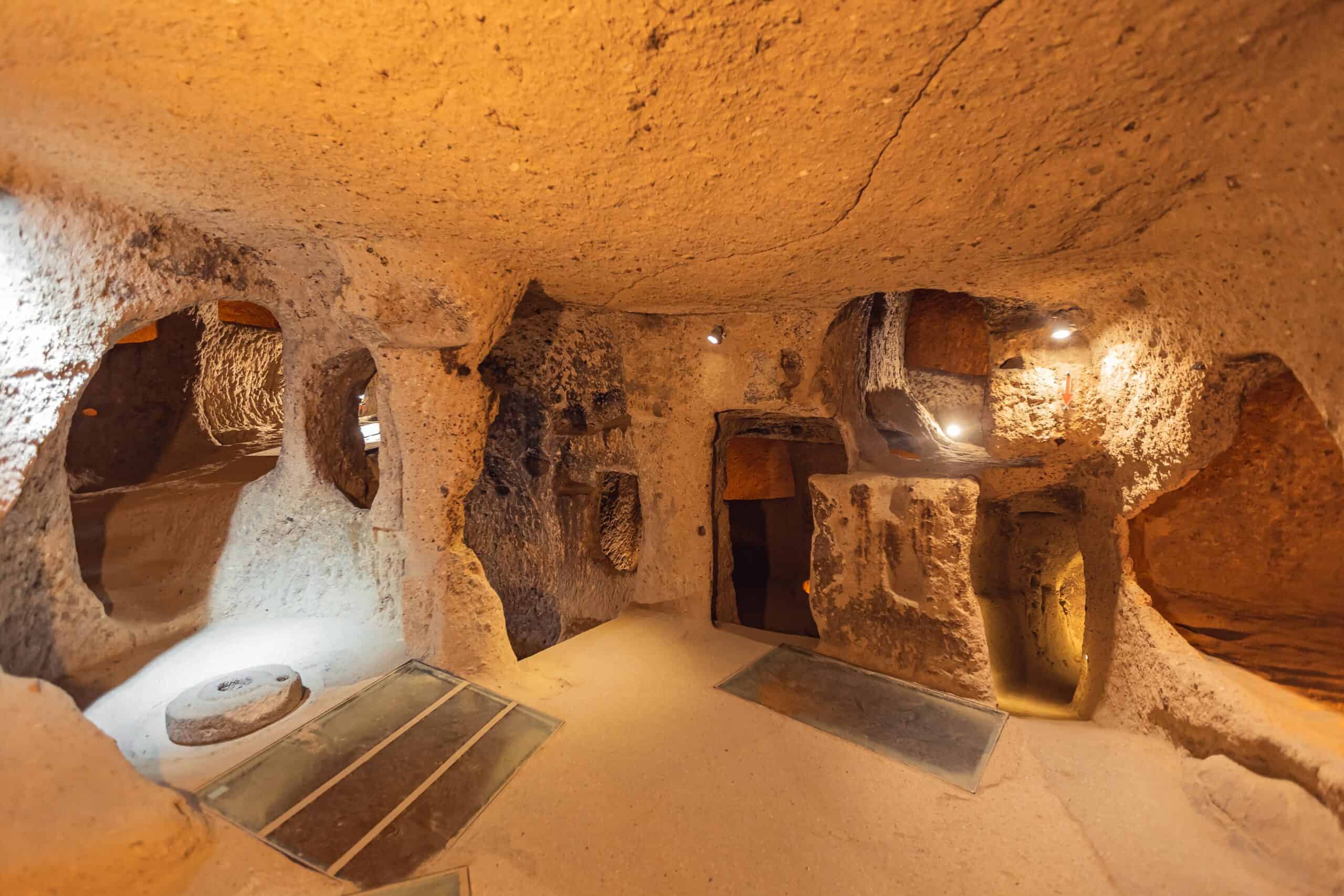
Derinkuyu Underground City, located in the Cappadocia region of Turkey, is a remarkable subterranean complex. Discovered in 1963, this ancient city dates back to the 8th century BCE and could house up to 20,000 people, along with their livestock and provisions. It served as a refuge during times of invasion and conflict, offering a safe haven with its intricate network of tunnels and chambers. The underground city features a well-organized layout, including living quarters, kitchens, storage rooms, and even a church and school. Ingenious ventilation shafts provided fresh air throughout the complex.
Takeda Castle, Japan
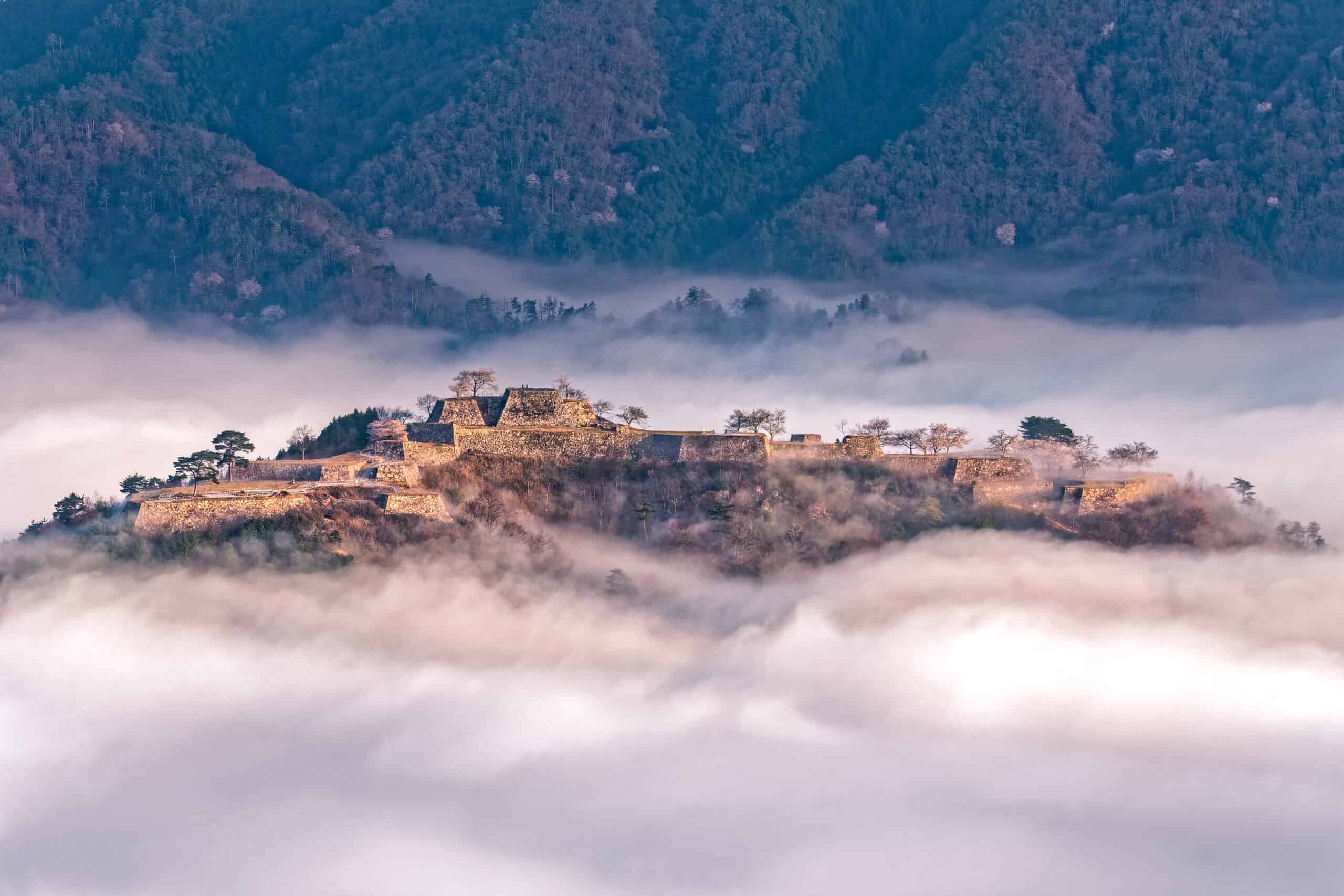
Takeda Castle, often referred to as the “Machu Picchu of Japan,” sits atop a mountain ridge in the Hyogo Prefecture. Constructed in the 15th century, this castle was strategically positioned to oversee the surrounding region. The ruins of Takeda Castle offer breathtaking views, especially when the morning mist envelops the mountains, creating a mystical ambiance. The castle’s stone walls and foundations remain intact, showcasing the advanced masonry techniques of the time.
Maijishan Grottoes, China
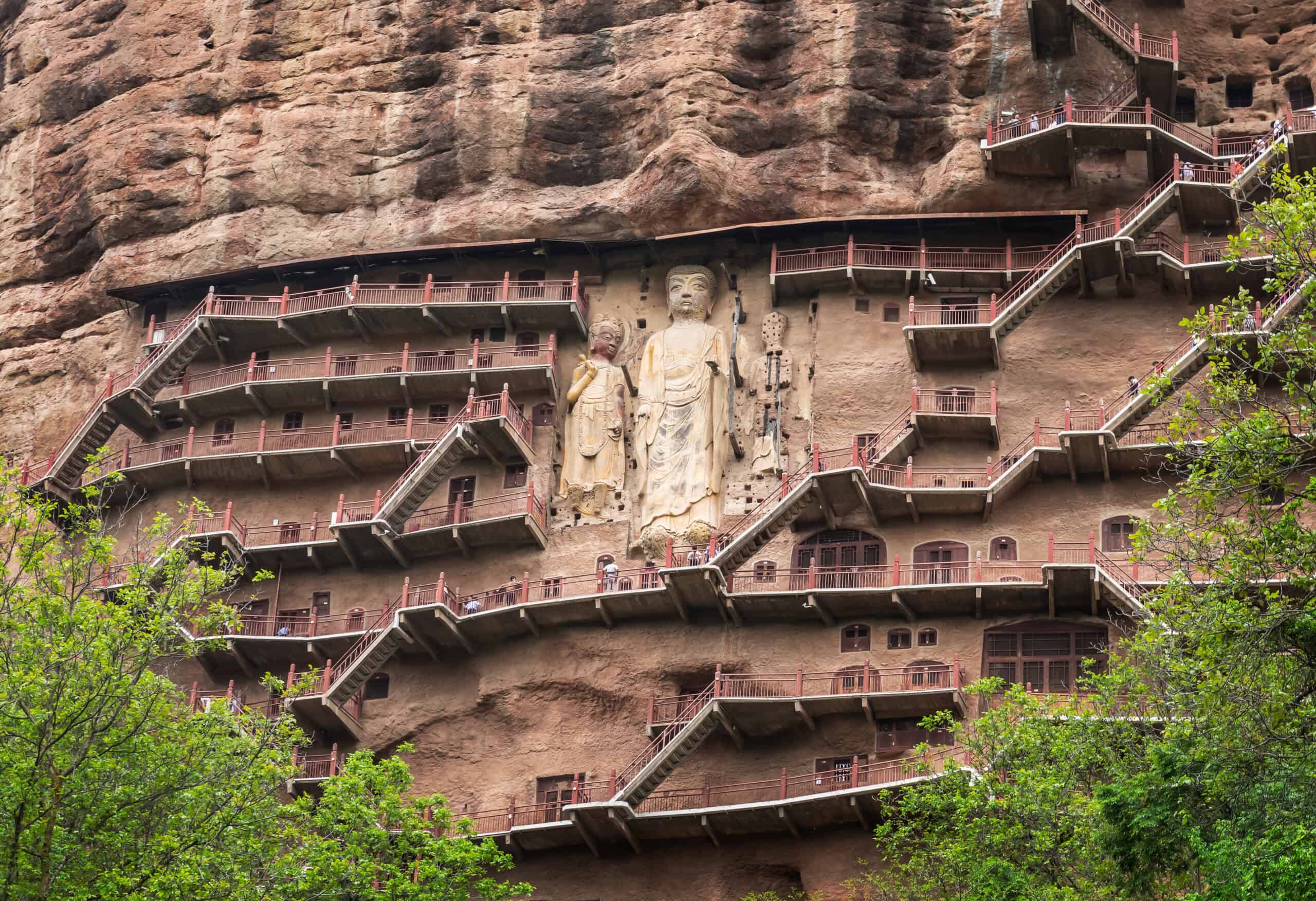
The Maijishan Grottoes, located in Gansu Province, are a series of rock-cut caves carved into the side of a cliff. Dating back to the 4th century, these grottoes are home to over 7,200 Buddhist sculptures and 1,000 square meters of murals. The site served as a major center for Buddhist art and worship along the ancient Silk Road. Each cave is intricately decorated with statues of Buddha, bodhisattvas, and various deities, showcasing exquisite craftsmanship and religious devotion. The grottoes are accessible via a series of wooden walkways and stairs, offering a unique glimpse into ancient Chinese Buddhist culture and art.
Great Zimbabwe, Zimbabwe
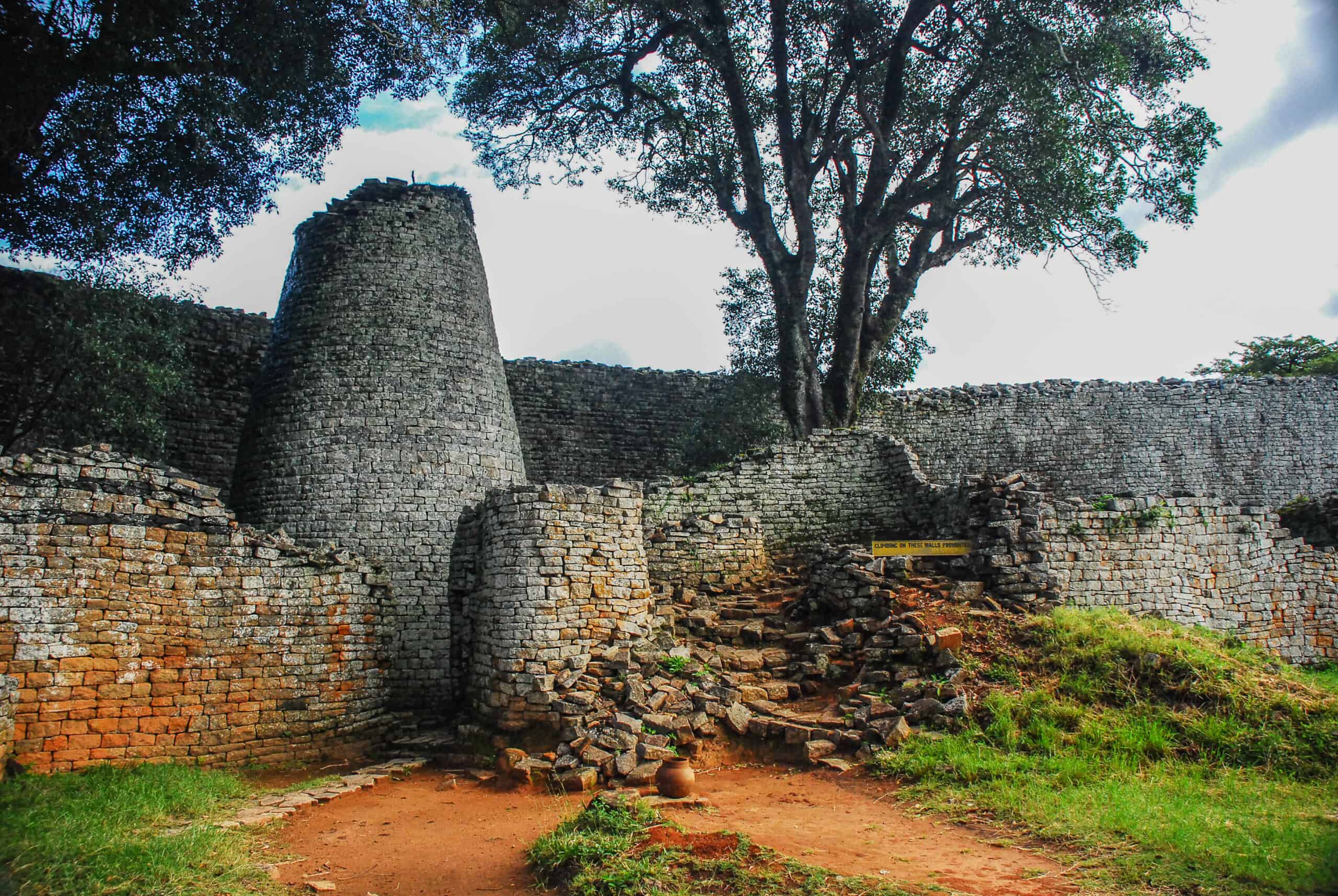
Great Zimbabwe is a monumental stone city located in southeastern Zimbabwe. Constructed between the 11th and 15th centuries, it served as the capital of the Kingdom of Zimbabwe during the late Iron Age. The city is renowned for its impressive stone structures, including the Great Enclosure, which features walls over 11 meters high and 250 meters in circumference. The architectural prowess of Great Zimbabwe is evident in its carefully constructed stone walls, built without mortar. The site includes a complex of ruins with towers, walls, and conical structures.
Vijayanagar, India
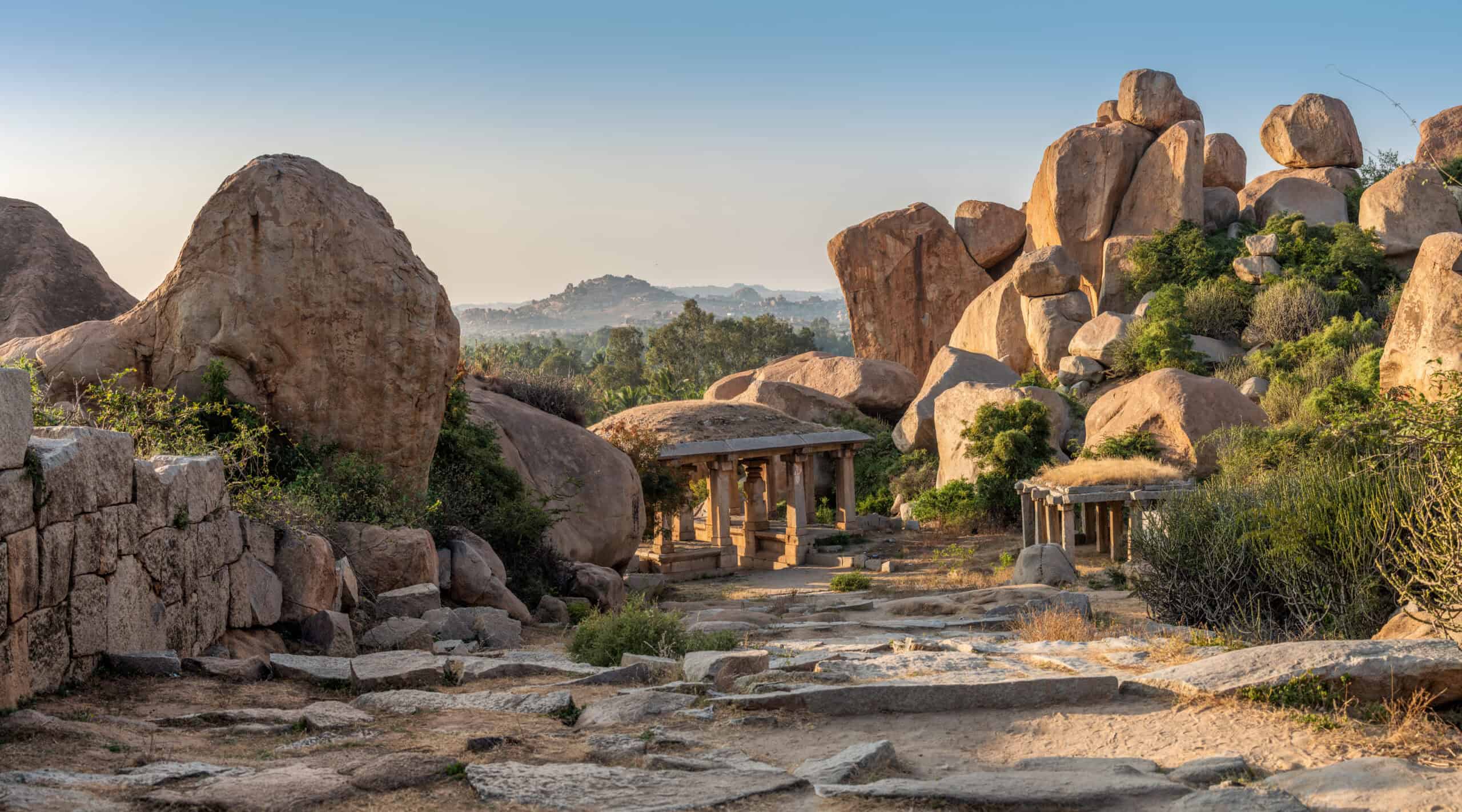
Vijayanagar, located in present-day Hampi, Karnataka, was the capital of the Vijayanagara Empire during the 14th to 16th centuries. The city was renowned for its grandeur, wealth, and architectural beauty. It was a major center for trade, culture, and religion, attracting merchants and artists from across the world. The ruins of Vijayanagar include impressive temples, palaces, and marketplaces. Notable structures such as the Virupaksha Temple and the Vittala Temple, with its iconic stone chariot, showcase intricate carvings and architectural brilliance.
Nan Madol, Micronesia
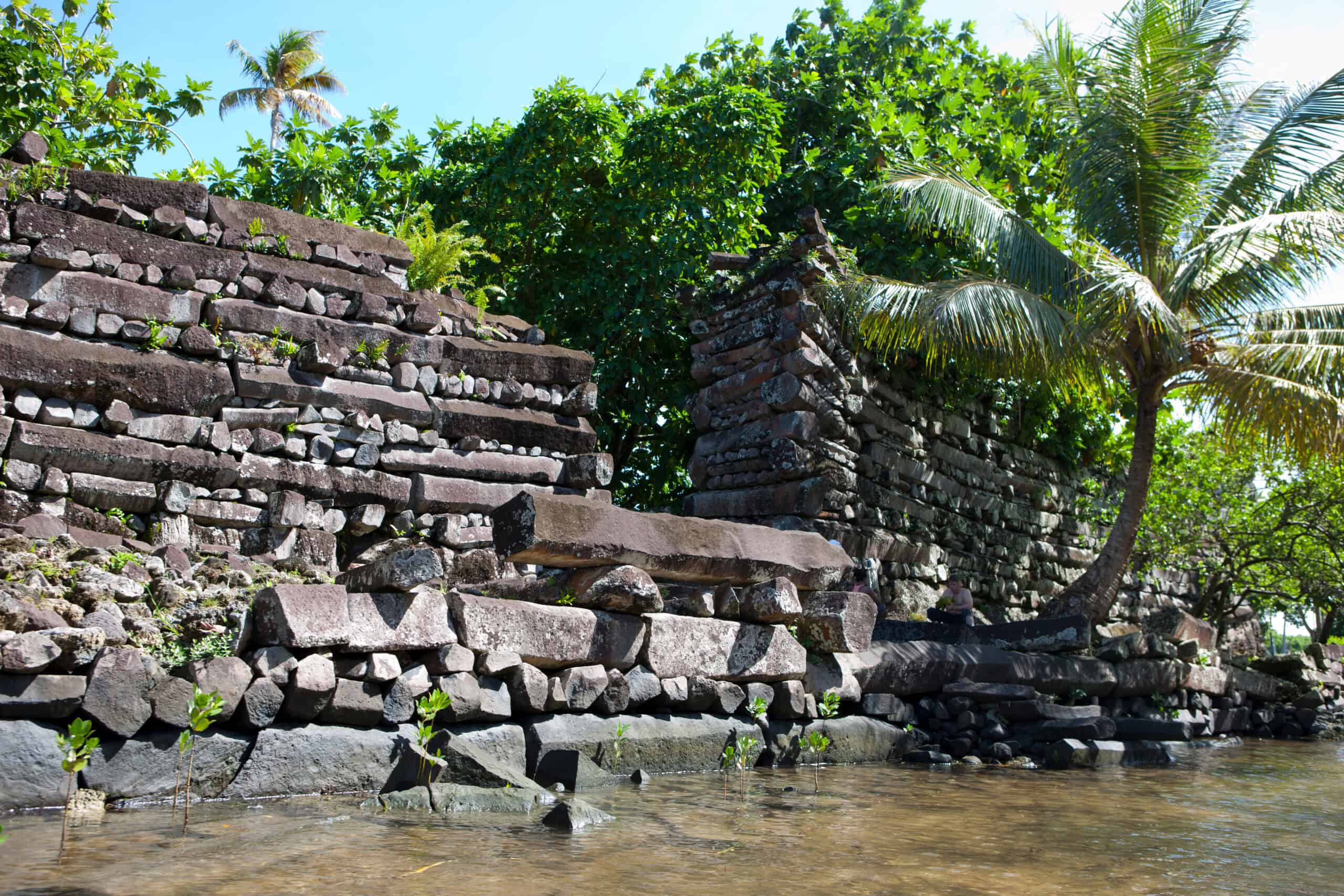
Nan Madol, an ancient city built on a series of artificial islets, is located in the Federated States of Micronesia. Constructed between the 8th and 13th centuries, this unique city served as the ceremonial and political center of the Saudeleur Dynasty. The islets are connected by a network of canals, earning Nan Madol the nickname “Venice of the Pacific.” The city features massive stone structures, including temples, tombs, and residential complexes. The construction techniques used to transport and position the massive basalt stones remain a mystery.
The Red Monastery, Egypt
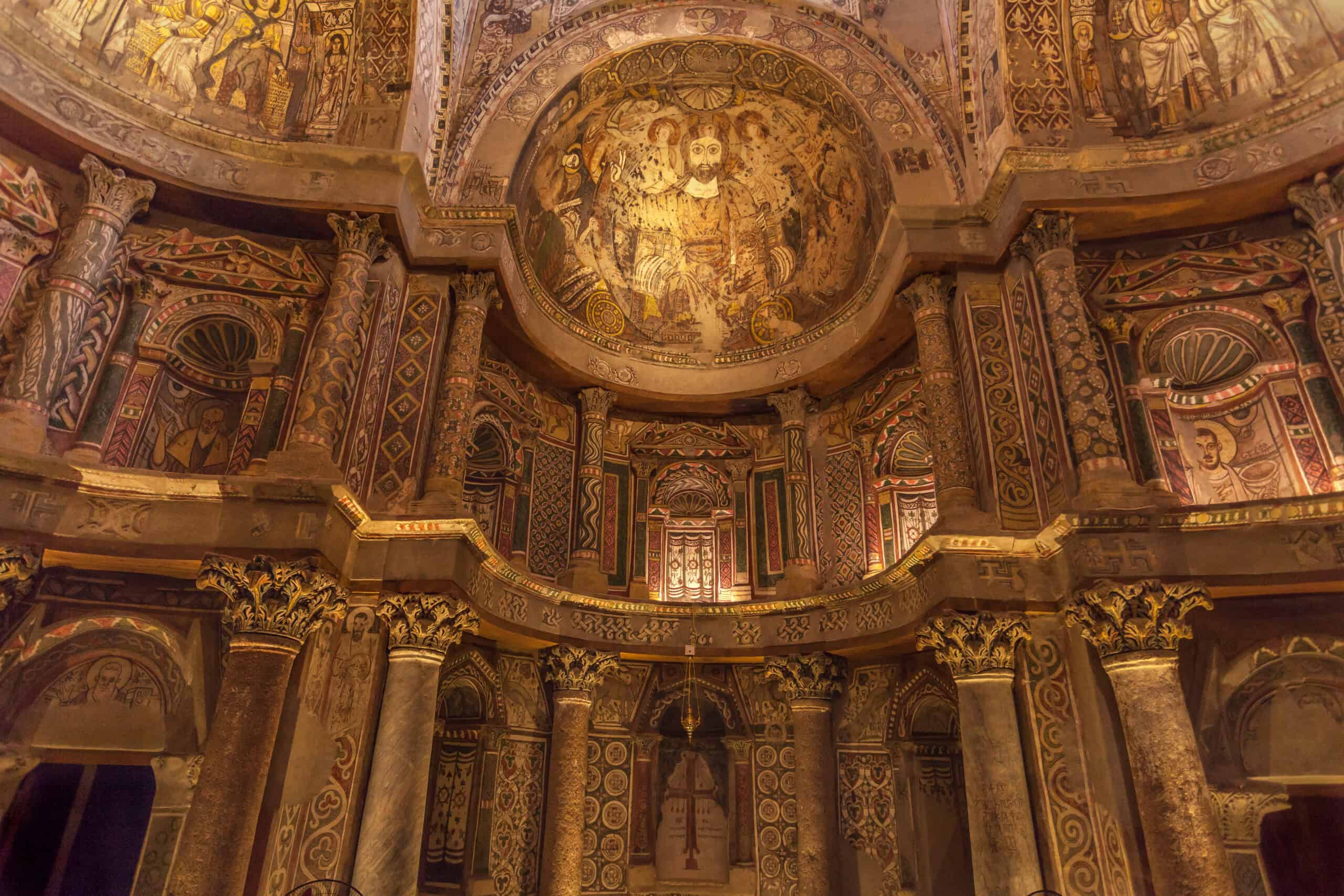
The Red Monastery, located near Sohag, Egypt, is an ancient Coptic Christian monastery. Built in the 5th century, it is known for its striking red brick exterior, which gives the monastery its name. The interior walls are adorned with vibrant frescoes and intricate decorations, showcasing early Christian art. The monastery’s main church features beautifully painted apses and columns. The vibrant colors and detailed artwork have been remarkably preserved.
Ratu Boko, Indonesia
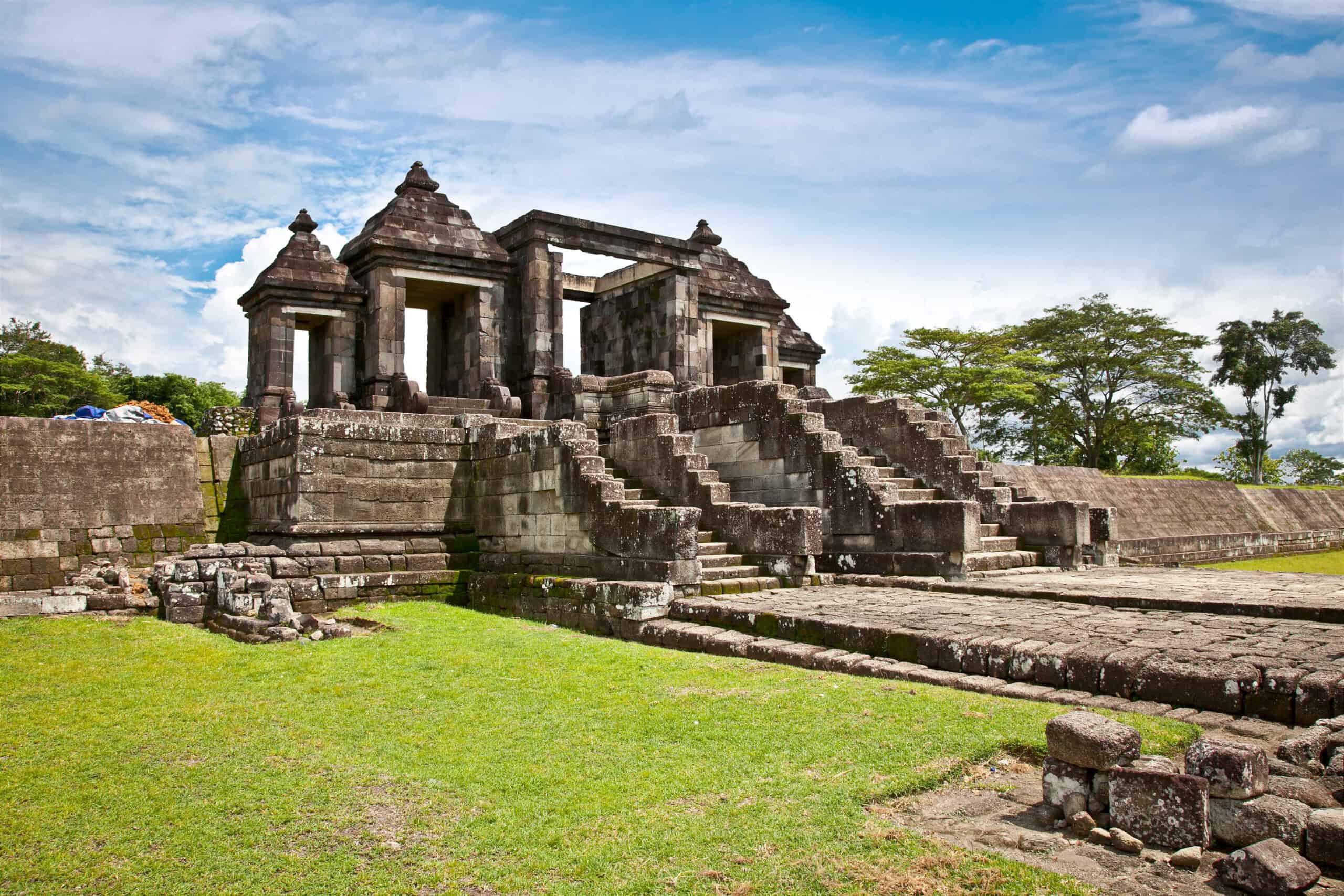
Ratu Boko is an ancient archaeological site located near Yogyakarta, Indonesia. It dates back to the 8th century and served as a fortified palace complex. The site covers 16 hectares and includes gates, temples, and bathing pools. Ratu Boko offers stunning views of the surrounding landscape. The grand entrance gate is a highlight, showcasing intricate stone carvings. The site combines Hindu and Buddhist architectural styles, reflecting Indonesia’s diverse cultural heritage.
Hatra, Iraq
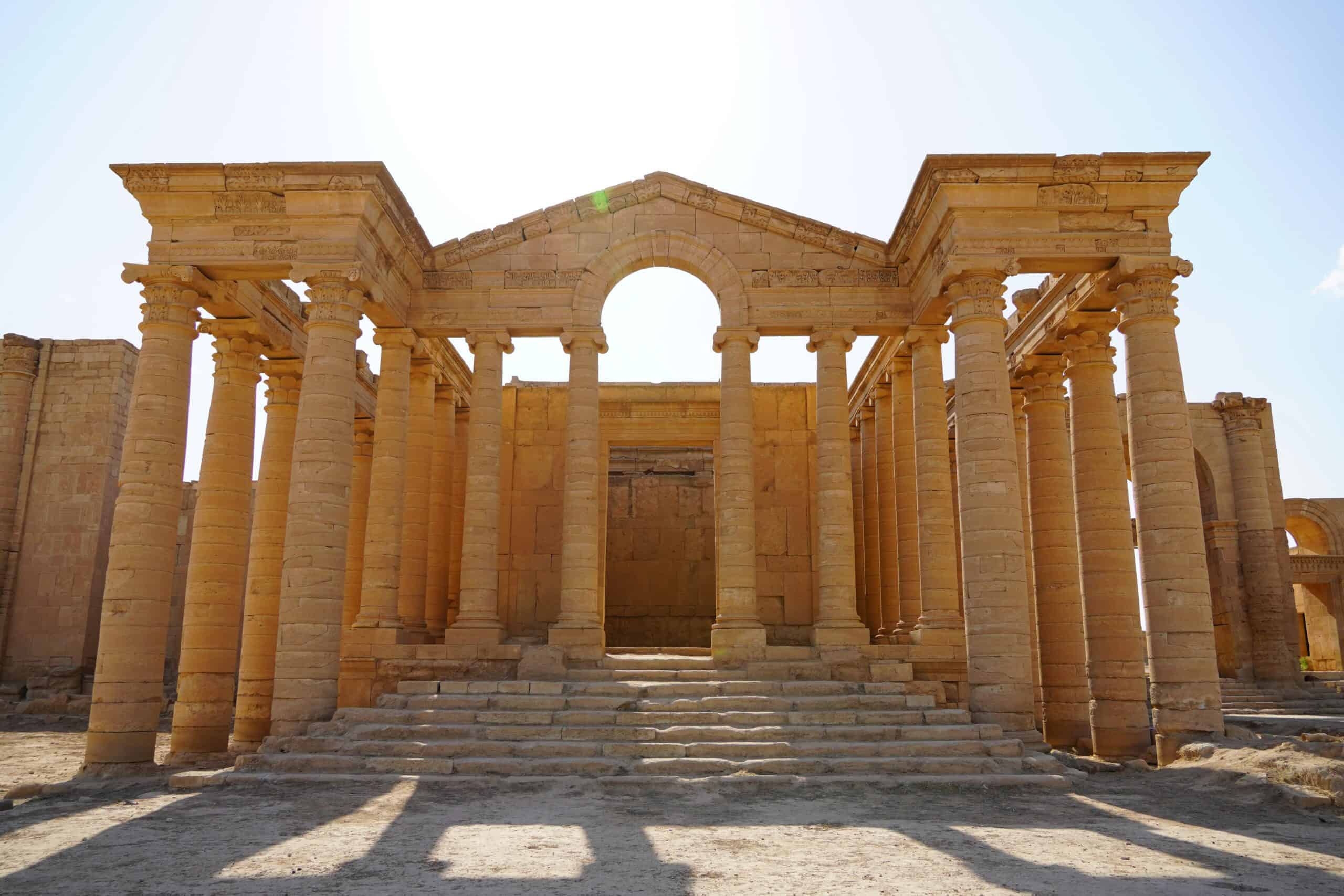
Hatra is an ancient city in northern Iraq, once a major trading center. Founded in the 3rd century B.C., it flourished under the Parthian Empire. The city’s impressive ruins include temples, walls, and towers, showcasing Hatra’s architectural grandeur. Hatra was known for its massive fortifications and religious significance. The temples were dedicated to various deities, reflecting the city’s cultural diversity. In 1985, Hatra was designated a UNESCO World Heritage site. Its ruins provide a glimpse into the city’s prosperous past and architectural achievements.
Qasr al-Farid, Saudi Arabia
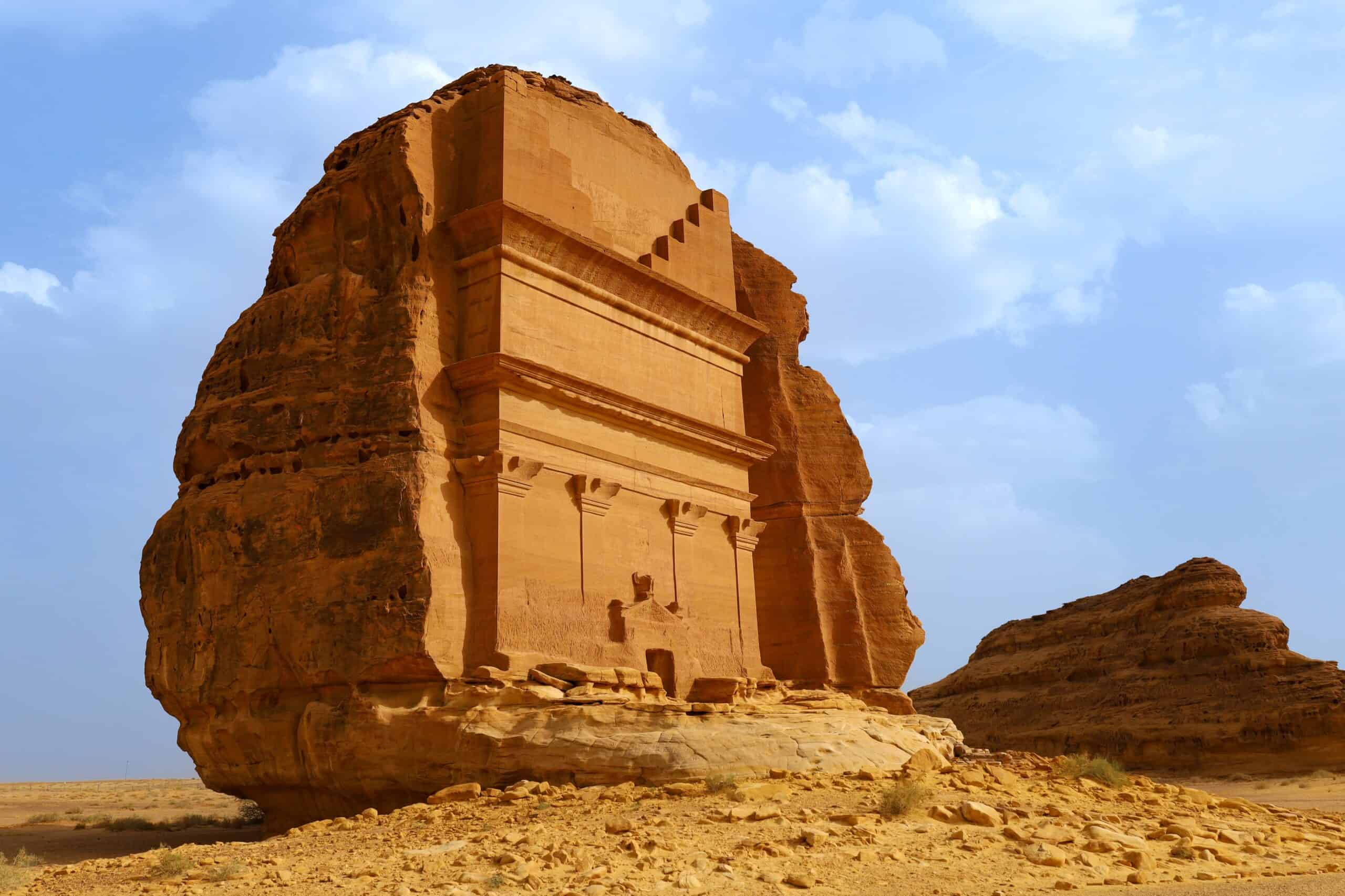
Qasr al-Farid is a stunning rock-cut tomb in Saudi Arabia. Located in the archaeological site of Madain Saleh, it dates back to the Nabatean Kingdom. The tomb’s façade is intricately carved, showcasing the skill of ancient artisans. Qasr al-Farid stands out for its solitary location and impressive size. The tomb remains unfinished, offering insights into Nabatean construction techniques. Its isolation adds to its mystique and allure.
Leptis Magna, Libya
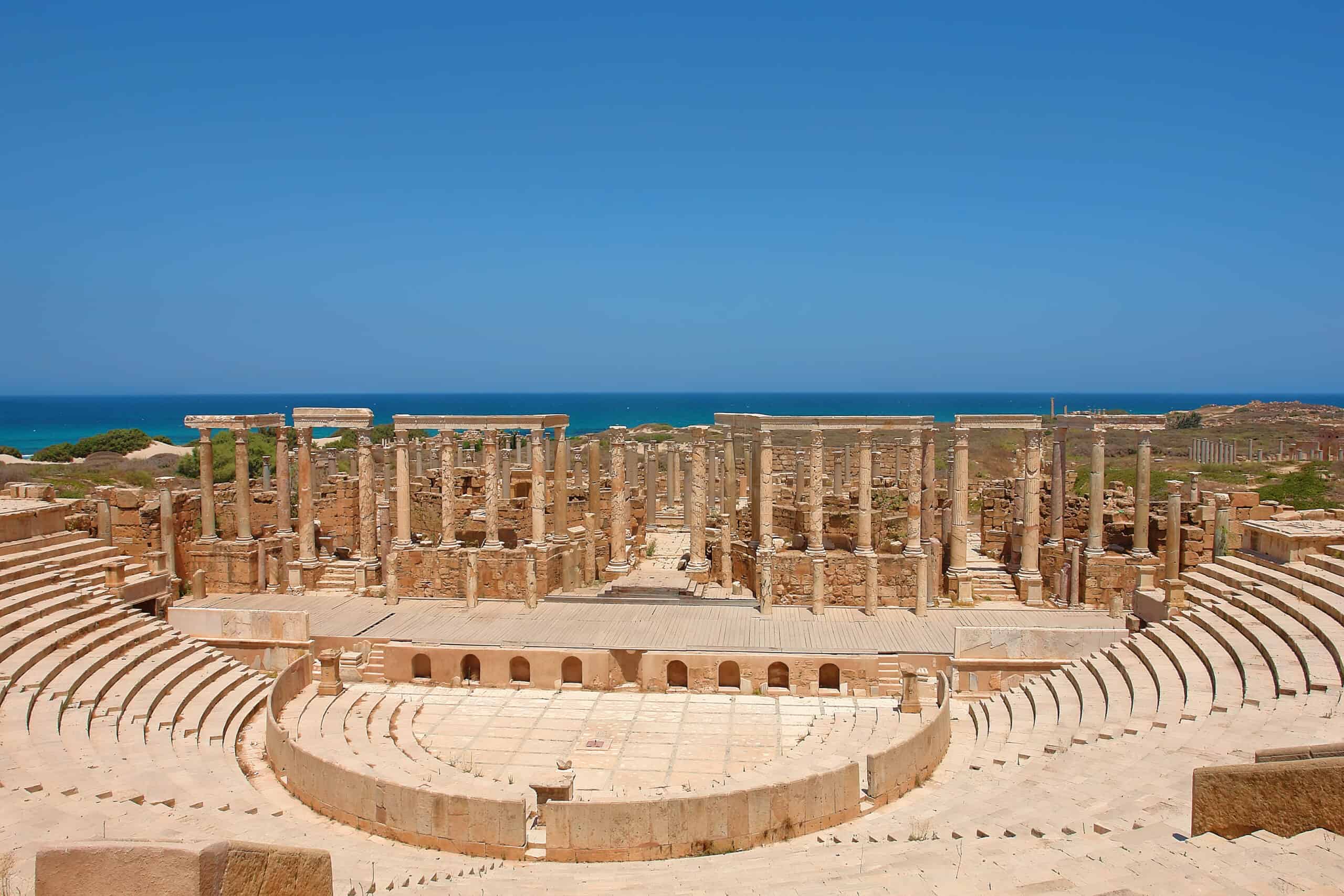
Leptis Magna is an ancient Roman city in Libya, known for its well-preserved ruins. Founded by the Phoenicians, it flourished under Roman rule. The city’s architecture includes grand temples, a theater, and a basilica. The Arch of Septimius Severus is a highlight of Leptis Magna. This impressive monument commemorates the city’s famous emperor. The ruins reflect the grandeur of Roman urban planning and architecture.
This article originally appeared on Rarest.org.
More from Rarest.org
9 Record-Breaking Sales of Vintage Corvettes

Vintage Corvettes are some of the most sought-after cars in the collector’s market, known for their iconic design, powerful performance, and rich history. Read More.
15 Wealthiest Suburbs in America

America’s wealthiest suburbs offer unparalleled luxury and convenience. These neighborhoods attract affluent residents with their exclusive amenities and scenic beauty. Read More.
8 Most Expensive Vintage Cadillacs Ever Auctioned

Vintage Cadillacs have always been a symbol of luxury and class. Collectors around the world seek these exquisite vehicles for their elegance and historical significance. Read More.
